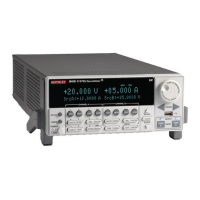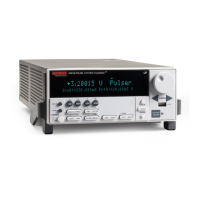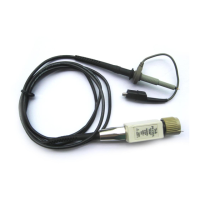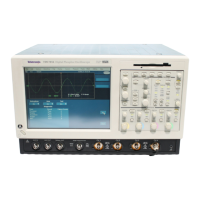Status register sets
There are five status register sets in the status structure of a System SourceMeter
®
instrument:
• System Summary
• Standard Event Status
• Operation Status
• Questionable Status
• Measurement Event
System Summary Registers
As shown in Status model diagrams (on page 12-5), there are five register sets associated with
system status events. These registers summarize the system status for various nodes connected to
the TSP-Link
®
network (see TSP-Link system expansion interface (on page 8-83)). Note that all
nodes on the TSP-Link network share a copy of the system summary registers once the TSP-Link
system has been initialized. This feature allows all nodes to access the status models of other nodes,
including service request (SRQ).
In a TSP-Link system, you can configure the status model so that a status event in any node in the
system can set the RQS (request for service) bit of the Master Node Status Byte. See TSP-Link
system status (on page 12-25) for details on using the status model in a TSP-Link system.
Commands for the system summary registers are summarized in the Status function summary (on
page 12-3) table.
For example, either of the following commands sets the EXT enable bit:
status.system.enable = status.system.EXT
status.system.enable = 1
When reading a register, a numeric value is returned. The binary equivalent of this value indicates
which bits in the register are set. For details, see Reading registers (on page 12-15). For example, the
following command reads the System Enable Register:
print(status.system.enable)
The used bits of the system event registers are described as follows:
• Bit B0, Extension Bit (EXT): Set bit indicates that an extension bit from another system status
register is set.
• Bits B1 to B14 NODEn: Indicates a bit on TSP-Link node n has been set (n = 1 to 64) (note that
status.system5 does not use bits B9 through B15).
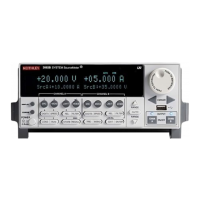
